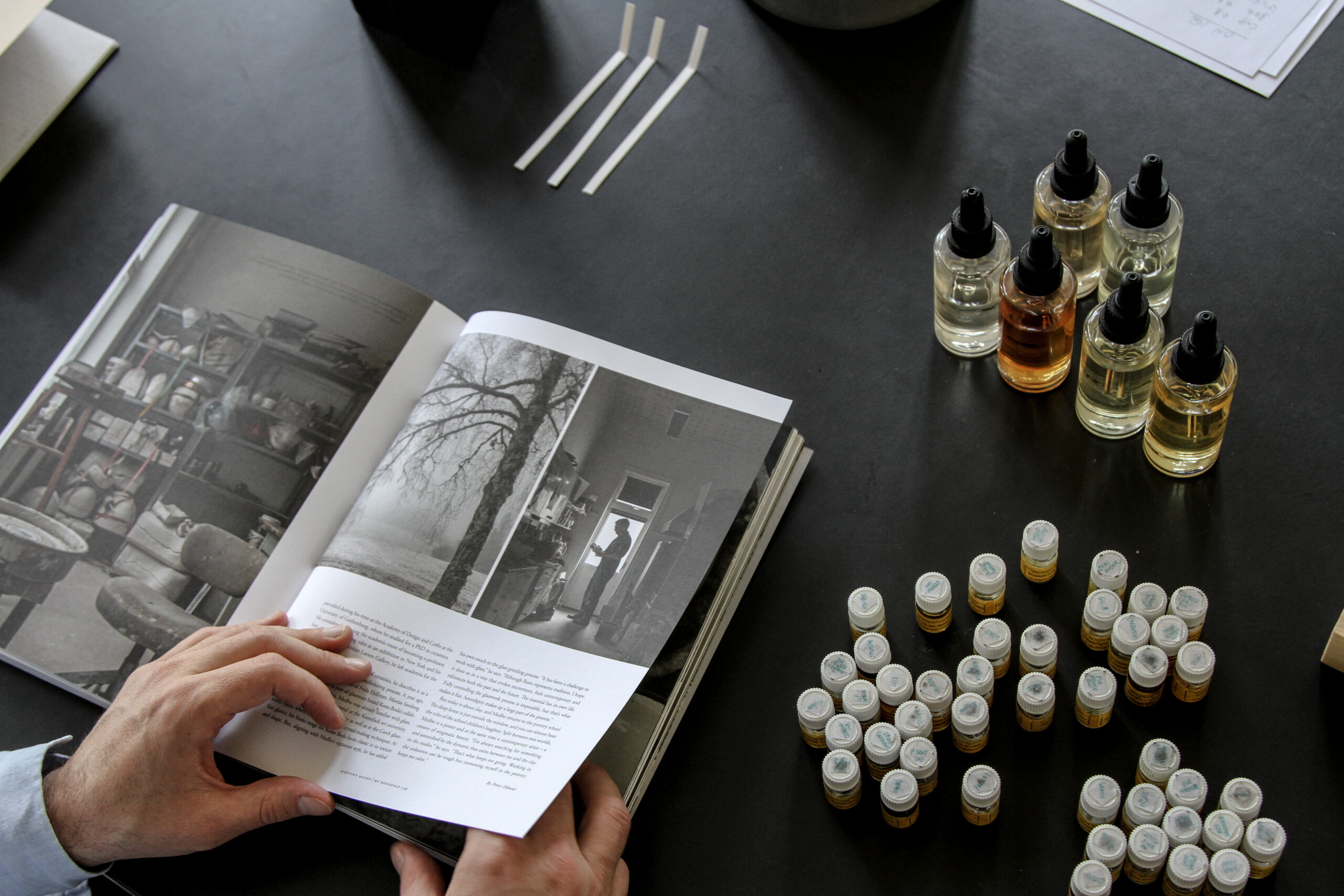 DSDHA’s Deborah Saunt: questioning preconceptions|||
DSDHA’s Deborah Saunt: questioning preconceptions|||
“Central London awaits an unparalleled population surge, with super-commuters, arriving via new infrastructures Crossrail and HS2, set to join existing Londoners on the already crowded, narrow historic pavements,” warns Deborah Saunt, director of architectural practice DSDHA.
“At Tottenham Court Road there will be an influx of over 200,000 people a day – equivalent to the passenger flow of Heathrow Airport – pouring out into the West End. This comes at a time of increasing privatisation of our cities and the attendant urban homogenisation and sanitisation, which are slowly eroding the diversity of our urban public realm.”
DSDHA is the principal designer for a new urban plan for the area between Tottenham Court Road and Gower Street, leading a team of landscape architects, transport engineers and lighting experts. The plan will accommodate such surges through the design of several new public spaces and wider urban reidentification.
“Our strategy removes the one-way system to slow the pace of vehicles through this area and make space for much-needed, high-quality public amenity which accommodates pedestrians and cyclists,” explains Saunt.
“This redesign incorporates five new public spaces, including Whitfield Gardens, Princes Circus and a new park in Alfred Place, the first green space in the West End for over 100 years.”
DSDHA works by the ethos that “the city is our client” and the practice is driven by a desire to question preconceptions around the city through active design, research and agency. The architects took an immersive approach to this design, “embedding ourselves in the site, conducting fieldwork to observe the way people behave and identifying latent concerns and aspirations” – aspects that they believe are often overlooked by statistics.
As well as recording the pedestrian flow, the team researched the ways in which people are using technology, in particular apps like Twitter or Instagram, to navigate the city and to record and share their personal experiences. “These techniques of ‘grounded research’ guided our approach to the reconfiguration of London’s West End as a more intuitive network of spatial connections that favours social cohesion and chance encounter,” Saunt tells me.
DSDHA has proposed a new typology of public space – or “cultural landscape” – whereby the area’s many world-class museums, theatres and academic institutions (the British Museum, RADA, University College London, Wellcome and the Architectural Association, among others), work in conjunction with open spaces and commercial activities to create “a cradle for creative entrepreneurship and collaborative learning”.
Saunt explains: “Unlike a campus, discrete and often inaccessible, a ‘cultural landscape’ is a porous and open environment that encompasses the unique assemblage of the institutions and their myriad activities.”
DSDHA took inspiration from celebrated architects Alison and Peter Smithson’s approach to urban planning, which states that buildings should be thought of as “containing within themselves a capacity to act with other buildings: they should be themselves links in systems”.
With this in mind, the Tottenham Court Road and Gower Street plan offered a chance to reidentify the wider West End area, says Saunt: “In this sense we have rethought the West End as a ‘system’ of well-designed spaces which maximise potential for dialogue between the site’s institutions, connecting them with existing and new networks of urban mobility, while making historic narratives and contemporary programmes visible and accessible to the diverse audiences which will be drawn to the area.”
Deborah Saunt of DSDHA is heading up a West End urban plan that reidentifies the area between Tottenham Court Road and Gower Street
























